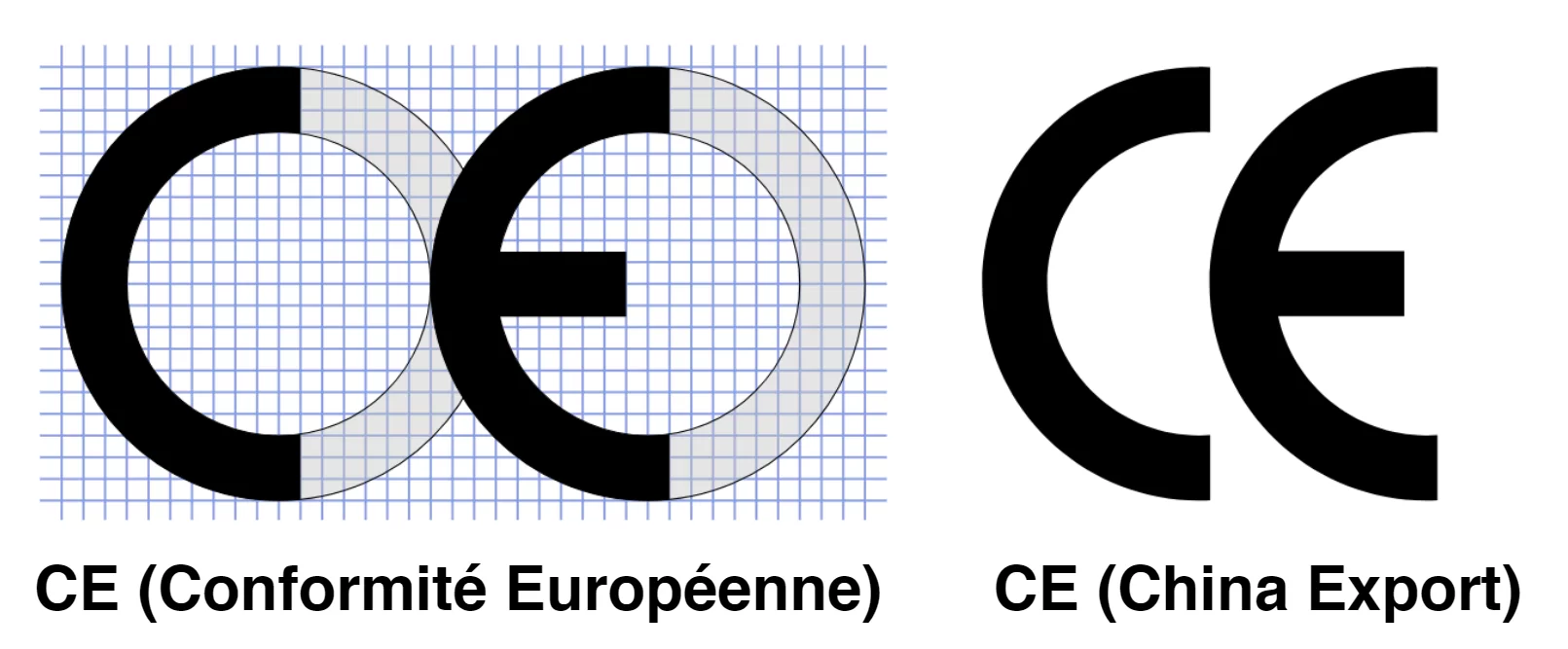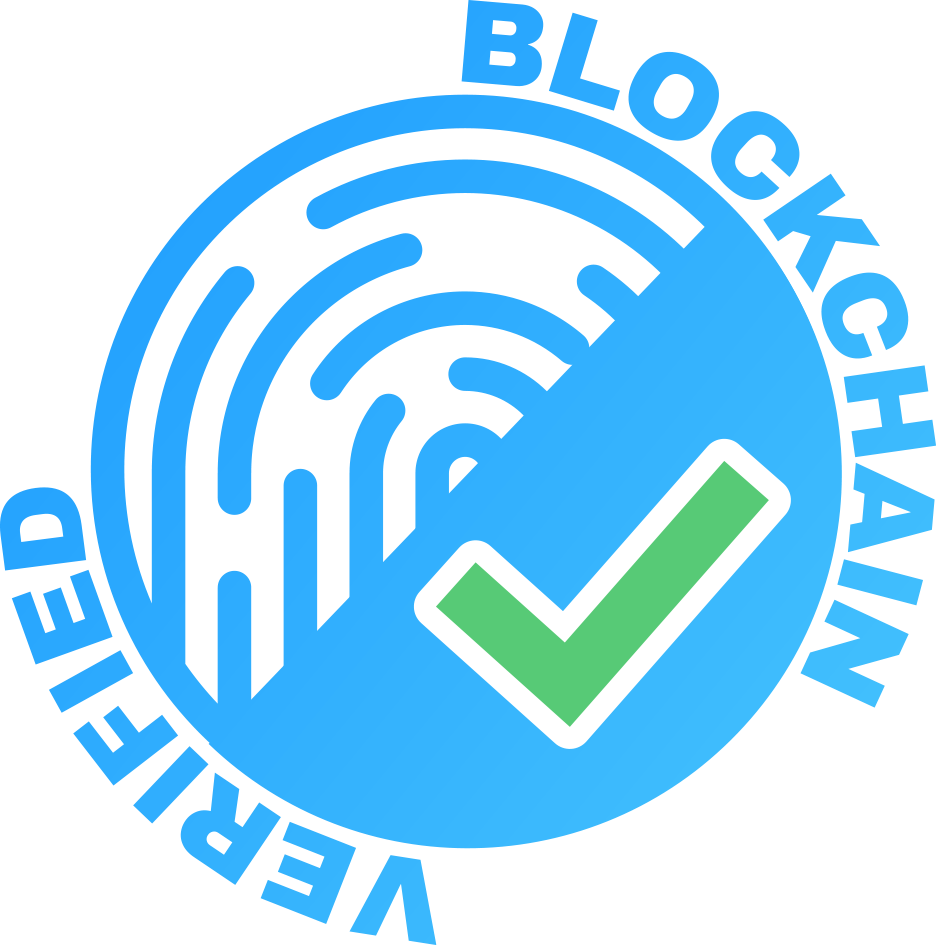As a developer or manufacturer of IoT and NB-IoT devices, there’s a lot at stake when it comes to compliance. You’re not just ticking boxes; you’re building trust with your customers and unlocking the door to the European market. But there’s one pitfall that can trip up even the most experienced teams: the confusing similarity between the CE mark and the misleading “China Export” mark.
This guide will walk you through what to look out for, how to comply with CE marking regulations, and why getting this right is crucial for your business.
CE Marking vs. the China Export Mark: Why the Difference Matters
Imagine pouring months, maybe years, into developing a breakthrough IoT product. It’s finally ready for market, but the authorities block it at the border. Why? It turns out the mark on your device isn’t the real CE mark, but rather the misleading “China Export” mark.
The CE mark means your device complies with essential requirements as described in the applicable directive. It’s the symbol that allows you to place your IoT or NB-IoT product freely within the European Economic Area (EEA). But the China Export mark—which looks nearly identical at a glance—offers no such guarantees. The letters “C” and “E” in the China Export mark are placed too closely together, and it doesn’t signify compliance with EU regulations.
Spotting the Difference:

This visual guide makes the difference clear:
- Letter Spacing: The CE mark has a specific proportional spacing between the letters “C” and “E,” while the China Export mark has the letters placed much closer together, which can easily mislead the viewer.
- Proportions: The official CE mark follows strict proportional guidelines set by Directive 93/68/EEC, ensuring that the letters are evenly shaped.
The China Export mark often does not follow these proportions, leading to irregularities in how the letters are presented.If your product bears the wrong mark, you could be looking at fines, product recalls, or worse, being barred from the market entirely.
Why is CE Marking Crucial for IoT and NB-IoT Devices?
Both IoT and NB-IoT devices use radio frequencies to communicate, and with that comes the need for compliance with the Radio Equipment Directive (2014/53/EU). This directive ensures that your devices don’t interfere with other electronic equipment and that they function safely and effectively.
Whether it’s a smart meter tucked away in a basement or an NB-IoT sensor deep underground, all IoT and NB-IoT devices must carry the CE mark to prove they meet EU standards. Mistakenly using the China Export mark doesn’t just violate the rules—it compromises your customers’ trust in your brand.
How to Comply with CE Marking for IoT and NB-IoT Devices
Ensuring compliance with CE marking for your IoT and NB-IoT devices involves several critical steps. By following these steps, you can guarantee that your product meets the essential requirements under EU regulations:
- Perform Conformity Assessments: Your product must comply with essential requirements, including safety, performance, and environmental protection standards, especially for radio frequencies. These assessments ensure your device follows the Radio Equipment Directive (2014/53/EU), crucial for IoT devices.
- Maintain Documentation: Create and maintain detailed technical documentation to prove that your device complies with EU regulations. Proper documentation is key to passing market surveillance inspections under the Market Surveillance Regulation (2019/1020).
- Apply the Correct CE Mark: Affix the CE mark on your product, packaging, or accompanying documentation. Ensure the letters “C” and “E” are properly spaced, as required under Directive 93/68/EEC. The mark should be at least 5mm in height or smaller if necessary, but it must always remain legible.
- Avoid the “China Export” Mark: Double-check the spacing and proportions of the CE mark to avoid using the misleading China Export mark. Using the wrong mark can lead to severe penalties.
What Happens if You Use the Wrong Mark for IoT and NB-IoT Devices?
Using the wrong mark, such as the China Export mark, can result in significant consequences. Under the EU Market Surveillance Regulation (2019/1020), authorities are cracking down on non-compliant products. You risk fines, product recalls, and damaging your reputation if your IoT or NB-IoT device bears the wrong mark.
And these penalties don’t just affect manufacturers. Importers and distributors are equally responsible for ensuring that the products they handle comply with EU regulations. This makes it critical to double-check compliance at every stage of your product’s lifecycle.
Frequently Asked Questions About CE Marking for IoT and NB-IoT Devices
Q: How can I spot the difference between the CE mark and the “China Export” mark?
A: The easiest way to tell is by looking at the spacing between the letters “C” and “E.” The CE mark follows proportional spacing, while the China Export mark has letters that are placed too close together.
Q: Do IoT and NB-IoT devices have the same CE marking requirements?
A: Yes, both IoT and NB-IoT devices follow the same CE marking rules under Directive 93/68/EEC and the Radio Equipment Directive (2014/53/EU).
Q: Can the CE mark be smaller than 5mm on my IoT device?
A: Yes, the CE mark can be smaller than 5mm if the product is small, but it must remain legible to comply with EU regulations.
How IoT Consulting Partners Can Help with CE Marking Compliance
Developing innovative technology is challenging enough without the added stress of compliance issues. IoT Consulting Partners is here to help you navigate the complexities of CE marking for both IoT and NB-IoT devices.
- CE Marking Guidance: We assist you in understanding and meeting all CE marking requirements, ensuring your product complies with EU regulations.
- Conformity Assessments: We provide expert advice on performing the necessary conformity assessments to ensure your device meets safety and performance standards under the Radio Equipment Directive.
- Documentation Assistance: We help you prepare and maintain the technical documentation required to prove your device’s compliance, streamlining the approval process for your IoT product.
- Market Access Support: From conformity assessments to technical documentation and post-market surveillance, our team will help you avoid costly mistakes and ensure your product is ready for the European market.
By working with IoT Consulting Partners, you’ll receive the guidance and expertise necessary to bring your product to market smoothly, avoid penalties, and build long-lasting trust with your customers.
Don’t let a simple labeling mistake derail your progress. Contact us at IoT Consulting Partners to get expert guidance on CE marking compliance for your IoT and NB-IoT devices.

|
Do You Have Questions? Schedule a Free Consultation Now! |

|

